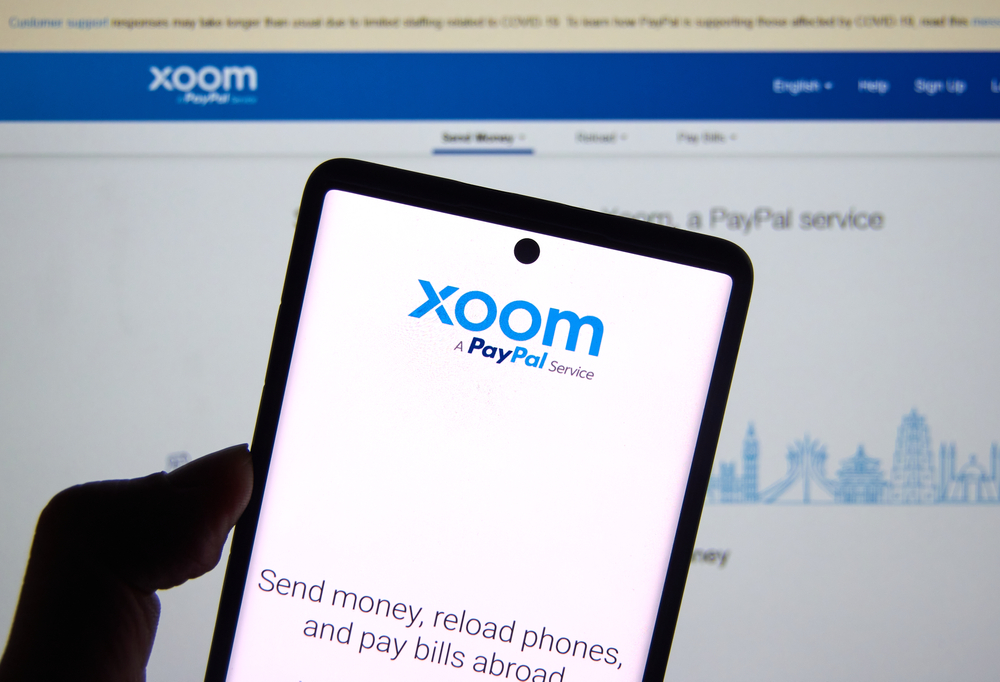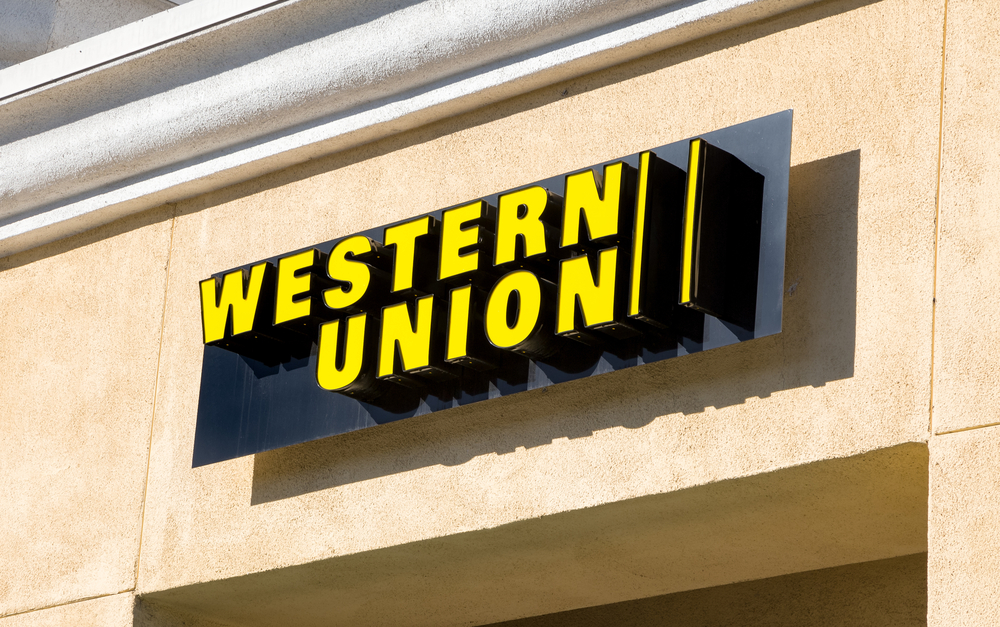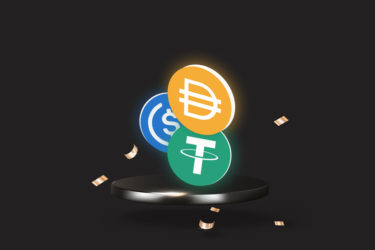There are numerous reasons for someone to make an international deposit. In an increasingly connected world, people and businesses located in different countries may want to make an international transfer for travel reasons, make an investment, or simply make a remittance to a family member.
As expected, there is a wide range of options for making an international deposit. But the costs vary widely. In some cases, there may be, for example, a spread charge on the currency quotation. Here are some ways to do this operation.
Stablecoin allows international deposit
Stablecoins are the lowest cost option for an international deposit. With a stablecoin, the individual or company may trade it against other stablecoins to withdraw in their local currency or against other cryptoassets for investment purposes.
To use this service, you must have an account in an exchange, send the resources to the institution, and purchase the token. Once having the token, the user can transfer it to a third party’s wallet or an international exchange accepting it.
International deposit with traditional banks
Traditional banks can also offer international deposit services. But there are several fees that vary widely. Not only are there fees from the institution itself, but also the IOF and the Swift fee. The latter is a charge for the messaging system that runs on a network of financial institutions globally. It is worth remembering that, also here, the destination banks can charge fees for receipt.

PayPal offers Xoom
The PayPal offers the Xoom service for international deposit. Simulating a transfer to the U.S., it does not give the option of the original currency being the real, but only the dollar itself and other foreign currencies.
In PayPal, in addition to the fees for the deposit, there is a charge for the withdrawals. On the deposit, the rate ranges from US$ 2 to US$ 4, while for the withdrawals it is always US$ 5.99 (amounts for a remittance of US$ 200).
According to the company, the funds are available at the U.S. bank as early as the following business day via bank deposit. The fastest options are transfers from a debit card deposit to an overseas debit card. In this case, the PayPal says the resources can be available in 30 minutes. Another quick option is to send it to withdrawal at specific points such as Walmart and Ria, which also takes only a few minutes.
Just like Western Union, rates in the PayPal change from one country to another. A remittance of US$ 200 to Germany, for example, would turn into €160.36 and would have fees of US$ 4.99 for both bank deposit and withdrawals.
Remessa Online has minimum for international deposit
The Brazilian Remessa Online offers an international deposit service in addition to the traditional dollar, euro and pound. There are also the Argentine and Chilean pesos, the Australian and Canadian dollars and the Japanese yen. The exchange rate varies according to the amount that the person wants to send, and there is a minimum of R$ 150 per operation.
A bank tariff, the IOF of 0.38%, and an administrative fee of 1.4% are levied on remittances. Those who send the money make the payment by bank transfer, so it is necessary to wait to identify the transfer to the Remessa Online. From there, the resource reaches the target account within one business day.
Transferwise
Through Transferwise, you can transfer resources to more than 60 countries. The exchange rate is the commercial one, and there is no spread. However, there are fees on the transaction.
Thus, a transfer of R$ 1.000,00 to the U.S. would turn into US$ 182.27. But it would be necessary to pay R$ 29,44 fees if it is payment by bank transfer, or R$ 36,34 to pay by bank billet.

Western Union
One of the companies that allow international deposit is the traditional Western Union, whose transfer process is a bit bureaucratic and can take up to three days for the money to become available.
Another important aspect is that the currency quotation varies depending on how the recipient will receive the resources. On the day PanoramaCrypto made this remittance simulation to the U.S., R$ 1,00 amounted to US$ 0.1828 for those who would take the resources at a Western Union unit. But for bank deposits, the price was US$ 0.1847 for each real. Although the difference may seem small, it increases when the amount is higher.
According to the company’s website, the remittance limit is R$ 14.000,00. Depending on the transaction, the company charges specific fees. For example, in the case of sending money for withdrawal in a branch, the fee for payment with bank transfer (and longer-term) is R$ 9,90, while in the branch, the charge is proportional to the amount. In this last example, a transfer of R$ 5.000,00 would cost R$ 75,00.
The company recalls that the fees vary according to the transfer channel and according to the country to which the money goes. And there is spread on the value of the currency.
Postal order of the Post Office
The Post Office offers the Postal Order, and those who send do not need to have a bank account. There is also no charge on receipt, but the sender pays a fee of R$ 35,00 and another 1.5% on the amount of the remmittance. The recipient will receive a notification when the money is available and then attend a local post office branch.
However, the service is not available in all countries. There is a list on the Post Office website with the accepted destinations and the deadline for the money release — which varies from two to five business days. Transfer limits also vary by country.







